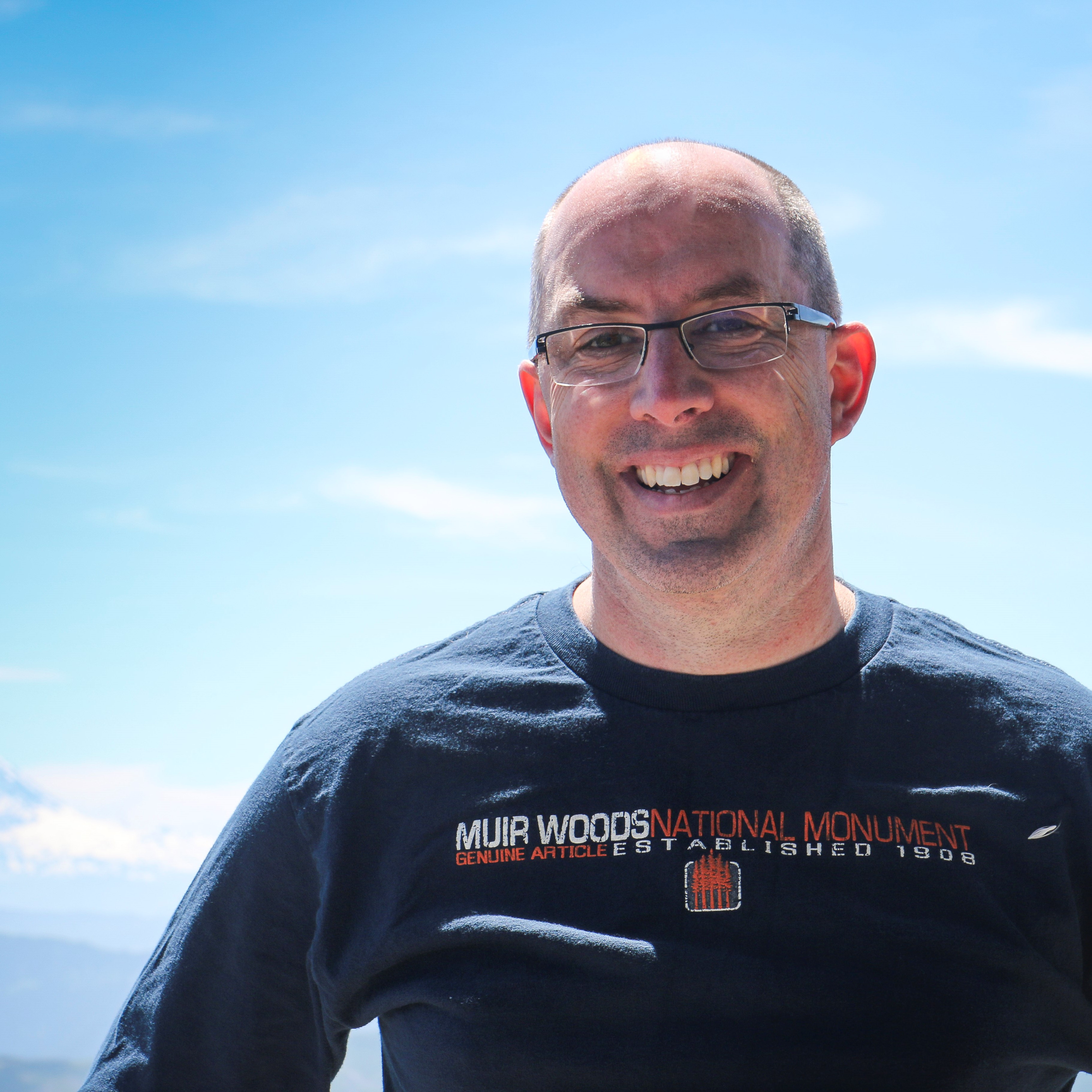A claim about Snake River salmon runs that sounds meaningful, but is ridiculous
It is the time of year when salmon return to rivers and streams across Washington state. Hatcheries are collecting millions of eggs. Last week, the Issaquah hatchery had already collected 1.2 million eggs. The Elwha hatchery has more than 1 million eggs on hand. Other hatcheries have more than 3 million eggs.
With so many eggs on hand, how many return?
A recent article about the Snake River Dams noted that “the vast majority of the fish die during the journey, despite $17 billion spent so far on efforts to save them,” the implication being that this is a failure of the Snake River dams.
Statewide, the percentage of juvenile salmon that return is between 0.5 and 1 percent. So, the vast majority of salmon in all runs die during their lifetime journey.
For example, the Nisqually Tribe’s hatchery in South Puget Sound (which we featured in this video) releases about 3 million juveniles and between 0.5% and 1% return. At best, 99% die during the journey.
The Issaquah Salmon Hatchery, run by WDFW, also released about 2 million four years ago and thus far about 2,200 have returned.
The Lyons Ferry Hatchery, on the Snake, released about 450,000 juveniles four years ago and thus far about 2,500 have returned.
Saying “the vast majority” of salmon die during their lifespan is completely meaningless because it is true from every single salmon run, even the most healthy.
The more important metric is simply the size of runs. Even a horrible year – like last year on the Snake – is still higher than any year in the 80s and 90s. This year, Chinook runs on the Snake River are 43 percent larger than last year. Sockeye runs are larger than any of the last four years and eight times as strong as last year.
Overall populations on the Snake are improving and the average run over the last decade was higher than the previous several decades. I want them to improve more quickly, but they are improving. By way of comparison, Puget Sound Chinook are continuing to decline.
A serious discussion about salmon recovery in Puget Sound, the Snake River, or anywhere requires we at least have a basic grasp of the science and metrics of success. Unfortunately, when it comes to the Snake River, the rhetoric is often nowhere close to matching the scientific reality.




